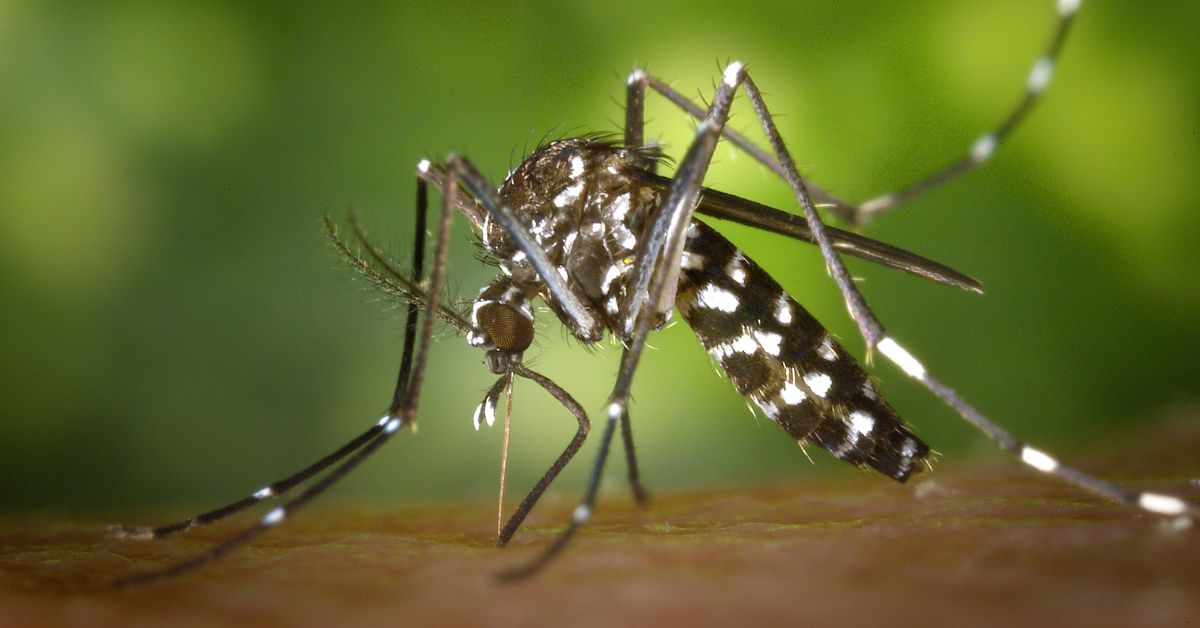Chills and Body Aches are a combination of common symptoms indicating that the body is fighting off a pathogen. Understanding the underlying causes, associated symptoms, and appropriate treatment methods will help you manage this condition effectively.
Causes of Chills and Body Aches
- Viral Infections – Chills and Body Aches: The most common cause of these symptoms is viral infections, such as the flu (mild fever cold) and other respiratory viral infections (viral fever). The body reacts to the virus by increasing its temperature (causing fever) and other immune responses that cause body aches.

Viral Infections – Chills and Body Aches
- Bacterial Infections: Bacteria entering the body can also lead to fever, chills, and aches. Common bacterial infections include strep throat (fever sore throat), sinusitis, and urinary tract infections.
- Malaria: This dangerous disease caused by malaria parasites results in high fever, chills, and whole-body aches.
- Other Causes – Chills and Body Aches: Other conditions that can cause chills, fever, and body aches include arthritis, autoimmune diseases, and even side effects from certain medications.
Associated Symptoms and How to Differentiate Them
In addition to chills, fever, and body aches, patients may also experience other symptoms such as:
- Fatigue: A feeling of lack of energy and sluggishness.
- Muscle Aches: Muscles feel tense and sore, especially in the back and legs.

Muscles feel tense and sore, especially in the back and legs
- Headache, Cough, Runny Nose, Congestion: Common in respiratory viral infections.
- Sore Throat, Swollen Tonsils: Typical signs of strep throat.
To determine the exact cause, you need to see a doctor for an examination and necessary tests.
Diagnosis and Treatment
Specialized Diagnosis: The doctor will examine, take a medical history, and may order blood tests, urine tests, etc., to identify the pathogen.
Treatment Methods:
- Rest: Helps the body conserve energy to fight off the infection.
- Antipyretic and Pain Relievers: Use as prescribed by the doctor.
- Hydration: Drink plenty of water, fruit juices, and electrolyte solutions to compensate for fluid loss due to fever.
- Specific Medications: For bacterial infections, malaria, etc., the doctor will prescribe specific medications.

For bacterial infections, malaria, etc., the doctor will prescribe specific medications
Expert Advice about Chills and Body Aches
- Do Not Self-Medicate: Especially with antibiotics, which can be harmful and worsen the condition.
- Follow Up on Appointments: Helps monitor the disease’s progress and treatment effectiveness.
- Preventive Measures: Maintain good hygiene, get vaccinated as recommended, and live a healthy lifestyle to boost immunity.
Frequently Asked Questions about Chills and Body Aches
- What illnesses cause chills, fever, and body aches?
It is impossible to identify immediately; a doctor’s examination is needed. These symptoms are common in many diseases, especially the flu (mild fever cold), viral infections (viral fever), bacterial infections, and even malaria (high fever chills) in endemic areas.
- When should you see a doctor immediately?
- Fever over 39°C, persistent fever without improvement
- Fever with difficulty breathing, rash, seizures
- Severe headache, stiff neck
- Fever in young children, elderly with weak immune systems, with unusual symptoms.
- How long does it take for chills, fever, and body aches to subside?
- Common Cold/Flu: Several days to a week
- Severe Infections or Other Conditions: Requires longer treatment
- Can chills and body aches be COVID-19?
Yes, these symptoms can be associated with COVID-19. If suspected, you need to get tested at a medical facility for an accurate diagnosis.
- How to quickly reduce fever at home?
- Apply warm compresses to the forehead, armpits, and groin
- Drink plenty of water
- Wear loose, comfortable clothing
- Use antipyretics (like paracetamol) as directed by a doctor.
Scientific Evidence Related to Chills and Body Aches
- Causes of Fever:
- Nature Medicine Journal: Research shows that when infected by a virus, the body produces inflammatory substances that trigger the brain’s temperature regulation area, leading to fever.
- CDC: Fever is the body’s immune response to inhibit the growth of bacteria and viruses.
- Associated Symptoms:
- Pediatrics Journal: Studies on children with the flu show that 80% experience body aches, and 70% suffer from fatigue.
- WHO: Headache, cough, runny nose, and congestion are common symptoms of respiratory infections.
- Diagnosis and Treatment:
- Internal Medicine Textbook: Diagnosis of chills, fever, and body aches is based on symptoms, medical history, and necessary tests.
- Paracetamol Use Guidelines: Paracetamol is a safe and effective antipyretic and pain reliever recommended for use unless contraindicated.
- Prevention:
- Vaccine Journal: Vaccinations against flu, measles, mumps, and rubella reduce the risk of these diseases and prevent symptoms of chills, fever, and body aches.
- CDC: Frequent handwashing and covering your mouth when coughing or sneezing help prevent the spread of infectious diseases.
Conclusion
Chills and Body Aches are the body’s response to fighting illness. If you experience these symptoms, rest, stay hydrated, and visit a healthcare facility for proper diagnosis and treatment.
References:
Kiểm Duyệt Nội Dung
More than 10 years of marketing communications experience in the medical and health field.
Successfully deployed marketing communication activities, content development and social networking channels for hospital partners, clinics, doctors and medical professionals across the country.
More than 6 years of experience in organizing and producing leading prestigious medical programs in Vietnam, in collaboration with Ho Chi Minh City Television (HTV). Typical programs include Nhật Ký Blouse Trắng, Bác Sĩ Nói Gì, Alo Bác Sĩ Nghe, Nhật Ký Hạnh Phúc, Vui Khỏe Cùng Con, Bác Sỹ Mẹ, v.v.
Comprehensive cooperation with hundreds of hospitals and clinics, thousands of doctors and medical experts to join hands in building a medical content and service platform on the Doctor Network application.


























